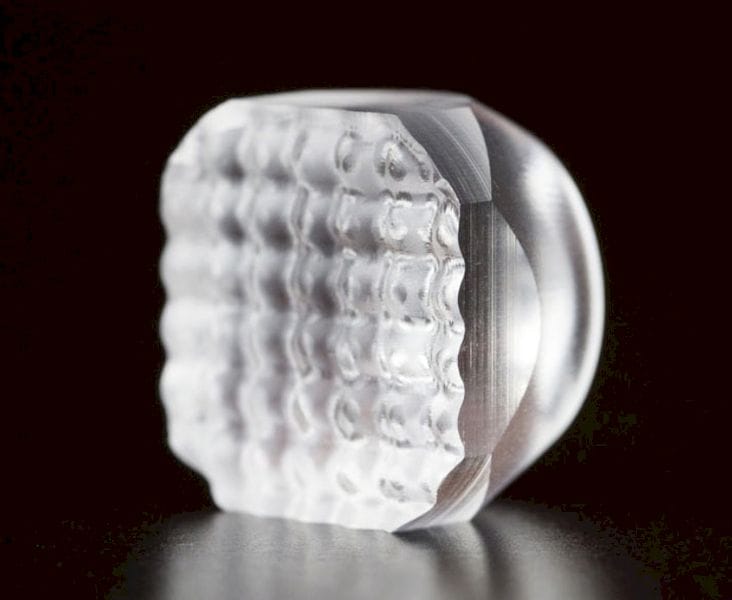 Fictiv analyzed the results of their 2018 survey
Fictiv analyzed the results of their 2018 survey
Fictiv released a survey of their community that sheds some light on 3D print practices.
If you’re not familiar with Fictiv, they are a virtual contract manufacturing service that specializes in CNC milling and, of course, 3D printing. They provide making services for many companies who are unable to get the work done themselves, connecting competent equipment operators with those who need things made.
Their survey analyzed the responses of more than 1100 participants, and in fact it is their third annual survey. There are many findings as you’ll find on their release page, but several items caught my interest:
They say that the two most important factors cited by their customers are “fast response time” and “fastest lead time”. Both are time-based, so it seems that most of their clients are in a hurry. But then, so is everyone.
When using contract services it is critically important to get things done quickly. If a customer is paying a premium for outside services, they had better be fast.
But paying is another interesting finding. Fictiv says:
27% of developers report “always” or “usually” paying fees to expedite delivery.
In other words, they are apparently paying extra for speed. This suggests that the pricing you may see posted for 3D print services sometimes may not be the price you actually pay – if you want your stuff delivered on time. This is definitely something to watch for when contracting services.
Fictiv reports that:
29% of manufacturers reported that they “often” or “always” receive parts that aren’t manufacturable.
This is notable, in that bad designs (bad meaning, incompatible with making equipment, be it CNC or 3D printing) frequently cause delays, which adds to the speed of delivery issue. The problem is sourced with designers who don’t know how best to design for actual efficient manufacturing. While a part may appear to be functional, it may require extra steps to make, or perhaps even be not makable at all on certain equipment. Iterations between the manufacturer and the developer can be quite costly in time and money simply due to this problem.
The solution is to hire or train designers to be more aware of the limitations of equipment and how specifically to design parts that are truly manufacturable.
Fictiv asked two questions that frame this issue perfectly:
54% of developers consider themselves “very” or “extremely” knowledgable about manufacturing processes
But
27% of manufacturers consider their clients to be “very” or “extremely” knowledgeable about manufacturing.
So the developers think they know what they are doing, but usually do not. This is a significant gap that must be closed to make industry and manufacturing more efficient. Fictiv also suggests that a significant amount of miscommunication occurs between developer and manufacturer, contributing to this issue.
It seems to me that this is likely a generalized problem that spans industries that needs a solution. I’m wondering if this could suggest new ventures centered on outsourced 3D design by actual experts, new communication tools between manufacturers and developers, or new training regimes by equipment manufacturers. Or something else. Where there’s a problem, there should be a solution opportunity.
There’s much more in this very interesting report from Fictiv.
Via Fictiv

